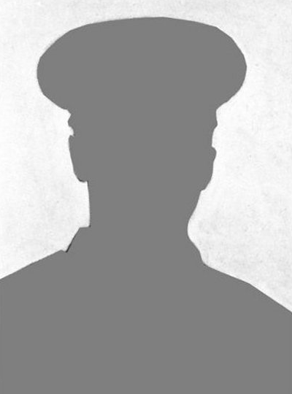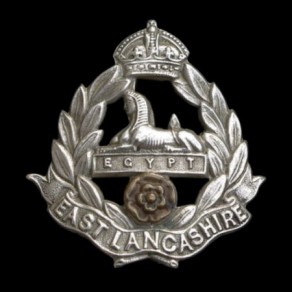Main CPGW Record
Surname: WEIR
Forename(s): James
Place of Birth: Southport, Lancashire
Service No: 38018
Rank: Private
Regiment / Corps / Service: East Lancashire Regiment
Battalion / Unit: 2nd Battalion
Division: 8th Division
Age: ---
Date of Death: 1918-04-24
Awards: ---
CWGC Grave / Memorial Reference: X. A. 17.
CWGC Cemetery: CRUCIFIX CORNER CEMETERY, VILLERS-BRETONNEUX
CWGC Memorial: ---
Non-CWGC Burial: ---
Local War Memorial(s): Not Listed (View Names Not Listed on a Local War Memorial)
Additional Information:
James Weir was the son of John and Euphemia Weir, (née Simpson?). Both parents were born at Glasgow, Lanarkshire.
1901 Newchurch (Rawtenstall), Lancashire Census: 18, Old Street - James Weir, aged 9 years, born Southport, Lancashire, son of John and Euphemia Weir.
1911 Newchurch (Rawtenstall), Lancashire Census: 20, Old Street - James Weir, slipper maker, aged 19 years, born Southport, Lancashire, son of John and Euphemia Weir.
James was married to Hannah Tattersall in 1913. Hannah married Walter Ashworth in 1921.
British Army WW1 Medal Rolls Index Cards: Pte James Weir, 38018, E. Lan. R.
British Army WW1 Medal and Award Rolls: Pte James Weir, 38018, 2nd East Lancs.
Army Registers of Soldiers' Effects: Pte James Weir, 38018, 2 East Lancs. Date and Place of Death: On or shortly after 24.4.18 in Action or Wounds France. To whom Authorised/Amount Authorised: Widow - Hannah. £9 9s. 10d.
UK, WW1 Pension Ledgers and Index Cards, 1914-1923: card(s) exist for James. Name(s) on card(s): Widow: Hannah, born 6.12.89. Address: 3, Prospect View, Fairwell, Stacksteads, Bacup, Lancs.
James is commemorated on St Nicholas' Church War Memorial, Newchurch, and on the War Memorial in Stacksteads Peace Garden.
Data Source: Craven Herald Article
---
Entry in West Yorkshire Pioneer Illustrated War Record: ---
---


Regiment / Corps / Service Badge: East Lancashire Regiment

Divisional Sign / Service Insignia: 8th Division
---
Comment on this Soldier Record
You can leave comments on this soldier record. Please note all comments will be manually approved before they appear on the website.






No comments yet.